Hydroponic Vegetable Gardening: Maximizing Yield And Nutritional Value
I get commissions for purchases made through links in this post. View our Affiliate Disclaimer.
Hydroponic vegetable gardening is a method of growing plants without using soil. Instead, the plants are grown in a nutrient-rich water solution. This innovative approach to gardening has gained popularity in recent years due to its ability to maximize yield and nutritional value.
By providing plants with an optimal environment and carefully managing nutrient levels, hydroponic gardening offers the potential to produce higher yields of vegetables that are packed with essential vitamins and minerals.
Additional Essential Homestead Resources
✅ Medicinal Garden Kit - Grow medicine in your garden! A collection of seeds to get you started.
✅ Homesteaders Handbook - A printed book that covers all the basics for homesteaders.
✅ The Self-Sufficient Backyard - This book is an excellent resource for self-sufficiency on 1/4 acre!
✅ Into The Wild Survival Pack - Learn foundational survival skills every homesteader should know!
Creating the perfect environment for hydroponic vegetables is essential for maximizing yield and nutritional value. By maintaining optimal conditions, including temperature control, proper air circulation, and the right lighting and nutrient balance, growers can ensure that their plants thrive and produce high-quality, nutrient-rich vegetables.
The Basics Of Hydroponic Vegetable Gardening
Hydroponic gardening is an innovative and efficient method of growing plants without soil, allowing for the maximization of yield and nutritional value. This method involves growing plants in a nutrient-rich water solution, which provides all the necessary elements for plant growth.
One of the key advantages of hydroponic gardening is the ability to control and optimize the growing conditions for plants. By eliminating the variability associated with soil-based gardening, hydroponic systems allow for precise control over factors such as temperature, humidity, and light intensity.
This enables growers to create an ideal environment for plants, promoting faster growth and higher yields. The absence of soil also eliminates the risk of soil-borne diseases and pests, reducing the need for harmful pesticides and herbicides.
One of the key benefits of hydroponic gardening is its ability to maximize yield. By providing plants with a constant supply of nutrients and water, hydroponic systems can promote rapid growth and development. This allows for multiple harvests throughout the year, resulting in higher yields compared to traditional soil-based gardening methods.
In addition to maximizing yield, hydroponic gardening also offers the opportunity to enhance the nutritional value of vegetables. With the ability to carefully manage nutrient levels in the water solution, growers can provide plants with the optimal balance of essential minerals and vitamins.
This precision allows for the production of nutrient-dense vegetables that are not only healthier but also more flavorful.
Another advantage of hydroponic gardening is its potential to enhance the nutritional value of the harvested crops. The precise control over nutrient delivery allows for the customization of plant diets, ensuring they receive all the necessary minerals and vitamins for optimal growth.
As a result, hydroponically grown vegetables can often have higher nutrient content compared to conventionally grown ones. This makes hydroponic gardening an attractive option for individuals seeking to increase their intake of fresh, nutrient-dense produce.
Choosing The Right Hydroponic System For Your Needs
Setting up a hydroponic garden involves creating a controlled environment where plants can thrive. This includes providing adequate lighting, temperature, and humidity levels to ensure optimal growth.
Hydroponic systems can be tailored to specific plant needs, optimizing their growth potential. This fine-tuning of environmental factors can lead to increased productivity and higher quality produce.
This discussion will focus on the different types of hydroponic systems available and the factors to consider when selecting a system.
The most important factors to consider when choosing a system include the space available, budget, level of expertise, crop type, and desired yield.
Another important aspect to consider when exploring hydroponic vegetable gardening is the variety of hydroponic systems available.
Different Types Of Hydroponic Systems
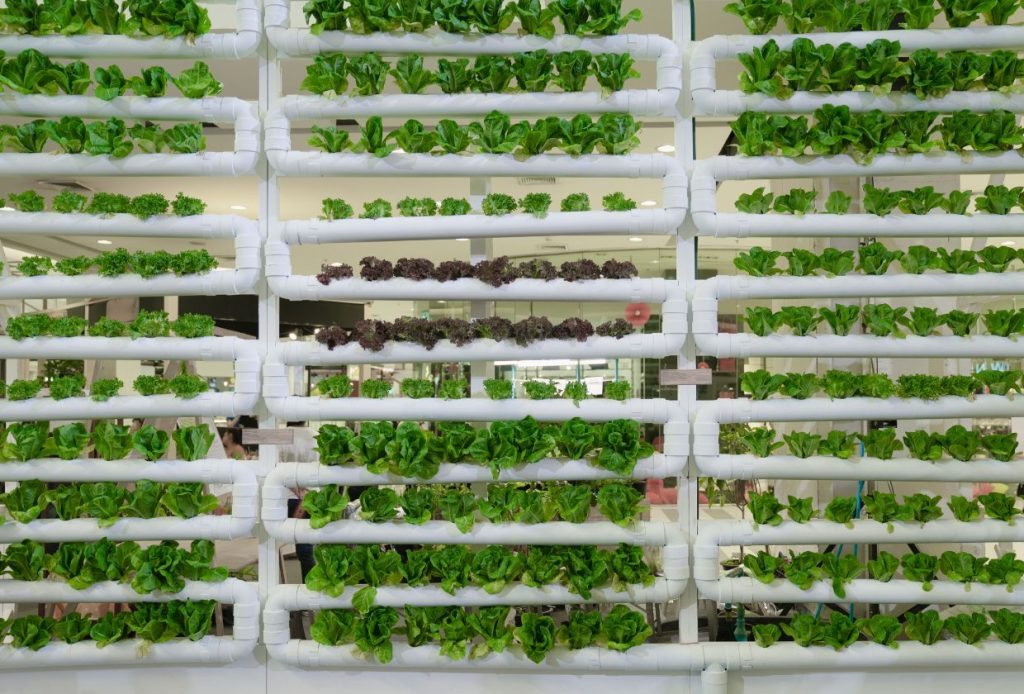
A hydroponic system typically consists of a reservoir, where the nutrient solution is stored, and a series of pipes or channels that deliver the solution to the plants.
There are several types of hydroponic systems available, including nutrient film technique (NFT), deep water culture (DWC), and aeroponics, among others, each with its own advantages and disadvantages.
Vertical Farming
Vertical farming involves growing plants in stacked layers, typically in a controlled environment. This method maximizes space utilization and allows for a higher yield per square foot compared to traditional farming methods.
Vertical farming also minimizes the need for soil, making it a viable option for urban areas or areas with limited land availability.
Aquaponics

Aquaponics combines hydroponics with aquaculture. In aquaponic systems, fish are raised in tanks, and the nutrient-rich water from the fish tanks is then used to fertilize the plants. The plants, in turn, filter the water, creating a symbiotic relationship between the fish and the plants.
This system not only provides a sustainable source of both plants and fish but also eliminates the need for synthetic fertilizers and reduces water wastage.
Vertical farming and aquaponic systems are just two examples of innovative approaches that can be utilized to maximize yield and nutritional value in hydroponic gardening.
The variety of hydroponic systems available allows for flexibility and customization in hydroponic vegetable gardening.
By exploring the different hydroponic systems, individuals can select the one that best suits their needs and resources, ultimately leading to a successful and efficient hydroponic vegetable garden.
Factors To Consider When Selecting A System
When selecting a hydroponic system, it is important to consider various factors that can contribute to the overall success and efficiency of the garden.
One factor to consider is the size of the system. The size of the system will depend on the available space and the desired yield. Larger systems can accommodate more plants and generally produce higher yields, but they also require more resources, such as water and nutrients.
Smaller systems may be more suitable for home gardens or limited spaces. It is important to carefully assess the available space and determine the appropriate size of the system to ensure optimal plant growth and yield.
Another factor to consider is the type of hydroponic system. Each type of system has its own advantages and disadvantages, and the choice will depend on factors such as the type of plants to be grown, the available resources, and the level of experience.
For example, NFT systems are ideal for leafy greens and herbs but may not be suitable for larger plants with extensive root systems. On the other hand, DWC systems are easy to set up and maintain but require careful monitoring of oxygen levels.
Aeroponics systems, which use mist to deliver nutrients to the roots, can be more complex to set up but offer high yields and efficient use of resources.
Considering these factors and selecting a system that aligns with the specific needs and requirements of the garden will ultimately contribute to the success and productivity of the hydroponic vegetable garden.
Providing The Perfect Environment For Your Plants
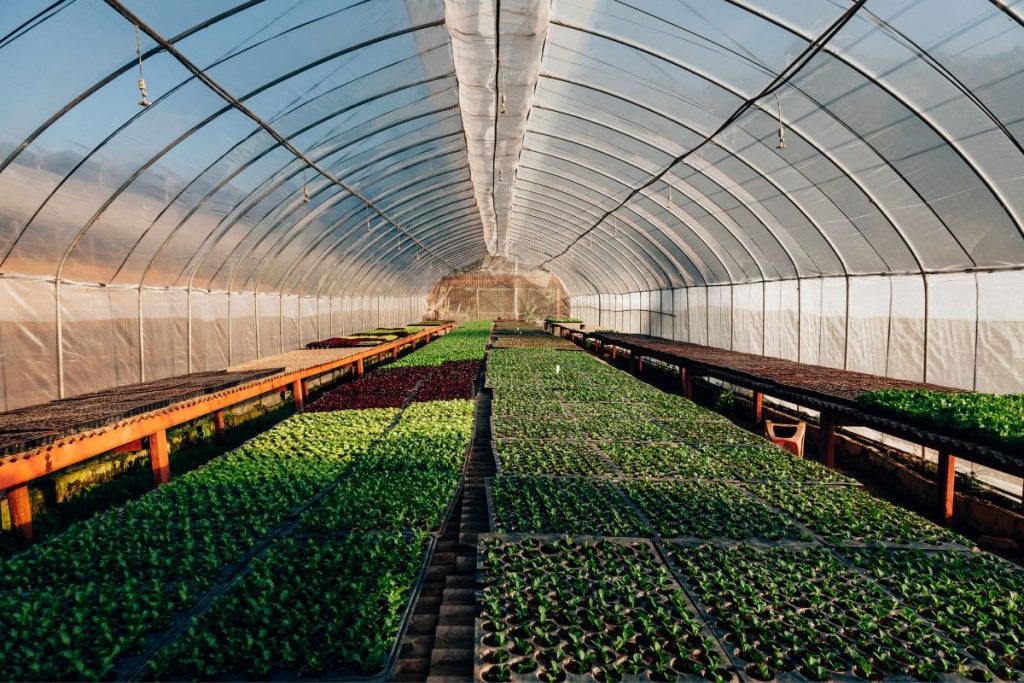
To optimize the growth and nutritional value of hydroponic vegetables, creating an ideal environment is crucial. Creating optimal conditions involves maintaining plant health and providing the necessary resources for growth.
One key factor to consider is temperature control. Different vegetables have different temperature preferences, so it is important to maintain the appropriate temperature range for optimal growth.
Maintaining proper air circulation is essential to prevent the buildup of moisture and the growth of mold or other pathogens. This can be achieved through the use of fans or other ventilation systems.
Another important consideration is lighting. Since hydroponic systems do not rely on natural sunlight, artificial lighting is necessary to provide plants with the energy they need for photosynthesis.
LED grow lights are commonly used in hydroponic systems because they can be customized to emit specific wavelengths of light most beneficial for plant growth. It is important to provide the right intensity and duration of light to mimic natural sunlight and promote healthy growth.
Nutrient balance is another critical aspect of creating the perfect environment for hydroponic vegetables. Hydroponic systems rely on nutrient solutions to give plants the necessary minerals and elements for growth.
It is important to monitor and adjust the nutrient levels regularly to ensure that the plants are receiving the right amounts of each nutrient. This can be done through regular testing and adjusting the nutrient solution accordingly.
Nutrient Management In Hydroponics
Nutrient management plays a crucial role in optimizing the growth and health of plants in hydroponic systems, contributing to the overall success and satisfaction of growers.
In hydroponic gardening, plants are grown in nutrient-rich solutions instead of soil. These nutrient solutions are carefully formulated to provide all the essential elements that plants need for healthy growth.
By optimizing the composition and concentration of these solutions, growers can ensure that their plants receive the right balance of nutrients at each stage of growth.
One key aspect of nutrient management in hydroponics is ensuring that the nutrient solution is properly balanced. Different plants have different nutrient requirements, and these requirements can change as the plants grow. Therefore, growers need to monitor the nutrient levels in the solution regularly and make adjustments as needed.
This involves measuring the concentration of individual nutrients and adjusting their levels to meet the specific needs of the plants. By maintaining a balanced nutrient solution, growers can optimize plant growth and ensure that their plants have access to all the essential elements they need.
In addition to balancing the nutrient solution, growers also need to consider the overall quality of the nutrients they are providing to their plants. The source and purity of the nutrients can have a significant impact on plant health and growth. Using high-quality, pure nutrients can help prevent nutrient deficiencies or toxicities that can hinder plant growth.
The composition of the nutrient solution should be tailored to the specific needs of the plants being grown. For example, different plants may require different ratios of macronutrients (such as nitrogen, phosphorus, and potassium) and micronutrients (such as iron, zinc, and manganese).
By understanding the nutrient requirements of their plants and providing them with the appropriate nutrients, growers can optimize plant growth and maximize yield.
Overall, nutrient management in hydroponics is essential for optimizing plant growth and achieving high-quality, nutritious crops.
By carefully balancing and tailoring the nutrient solution to the specific needs of the plants, growers can ensure that their plants receive all the essential elements they need for healthy growth and maximize the overall success of their hydroponic gardening endeavors.
Maximizing Yield And Nutritional Value
In hydroponic vegetable gardening, maximizing crop yield and optimizing nutrient density are crucial aspects to ensure the success of the system.
Building upon the previous subtopic of nutrient management in hydroponics, it is essential to understand how to achieve the highest possible yield while maintaining the nutritional value of the harvested vegetables.
To increase crop yield in hydroponics, several factors need to be considered. Firstly, the selection of suitable plant varieties is important. Certain vegetable species and cultivars are more suitable for hydroponic systems due to their growth habits, disease resistance, and adaptability to controlled environments.
Providing optimal environmental conditions such as temperature, humidity, lighting, and carbon dioxide levels is essential to stimulate plant growth and maximize yield. Proper spacing and efficient use of vertical growing space can also contribute to increased yields.
Implementing techniques like pruning, trellising, and training plants can help optimize light penetration and airflow, leading to healthier plants and higher productivity.
In addition to increasing crop yield, optimizing nutrient density is vital to ensure the nutritional value of hydroponically grown vegetables. The controlled environment of hydroponics provides an opportunity to fine-tune the nutrient solution to meet the specific requirements of plants, resulting in nutrient-dense produce.
By carefully monitoring and adjusting the nutrient solution’s composition, growers can provide plants with a balanced supply of essential macronutrients and micronutrients.
Incorporating organic nutrient sources and bio-stimulants can enhance the nutrient profile of the vegetables and improve their overall nutritional value. By focusing on both increasing crop yield and nutrient density optimization, hydroponic vegetable gardening offers a promising solution for sustainable and nutritious food production.
| Increasing Crop Yield | Nutrient Density Optimization |
| Select suitable plant varieties | Monitor and adjust nutrient solution |
| Provide optimal environmental conditions | Incorporate organic nutrient sources |
| Efficient use of vertical growing space | Fine-tune nutrient composition |
| Implement pruning, trellising, and training techniques | Enhance nutrient profile |
| Incorporate bio-stimulants |
Conclusion
Hydroponic vegetable gardening offers a promising solution to maximize yield and nutritional value. By understanding the basics of hydroponic gardening and choosing the right system, growers can create an ideal environment for their plants to thrive.
Maximizing yield and nutritional value in hydroponic vegetable gardening requires a holistic approach that includes providing plants with the right amount of light, temperature, and humidity, as well as controlling pests and diseases.
Overall, hydroponic vegetable gardening offers a promising approach to meeting the increasing demand for sustainable and nutrient-rich food while also providing growers with a sense of belonging to a community focused on innovative and efficient gardening practices.
Get more posts like this
Subscribe to our mailing list and get interesting homesteading and green living info and updates to your email inbox.
Thank you for subscribing.
Something went wrong.

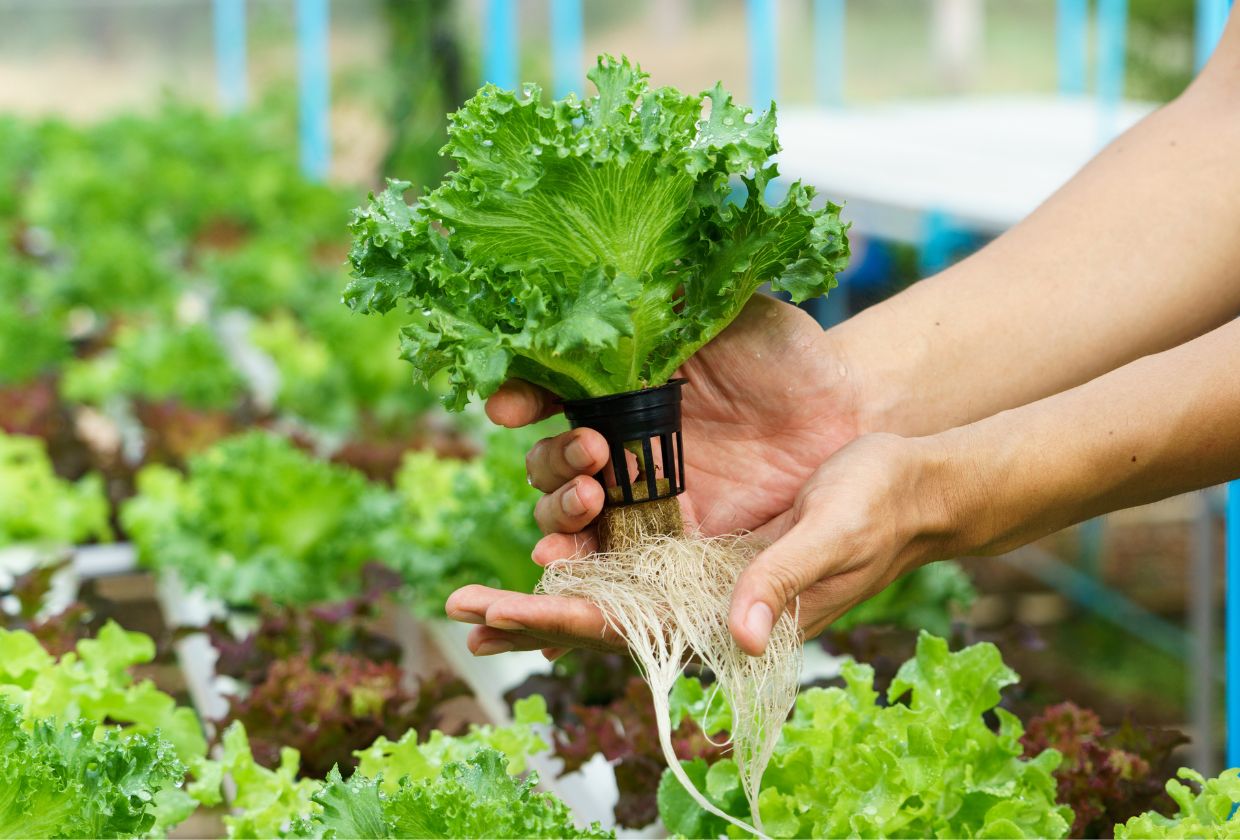
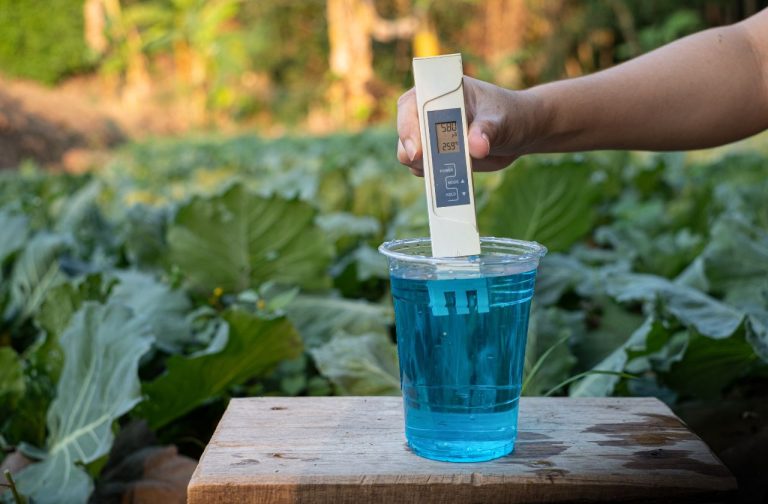

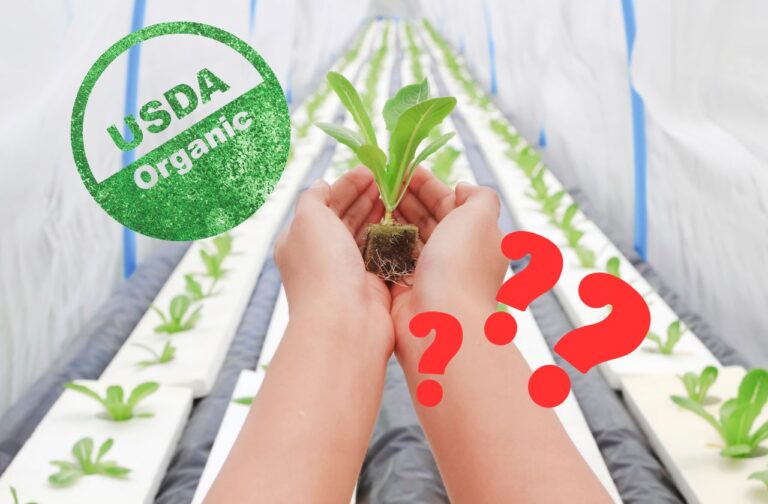
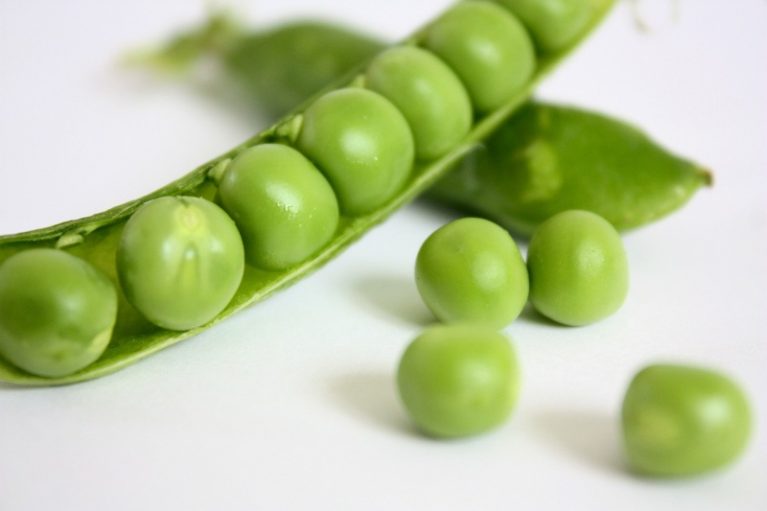


One Comment